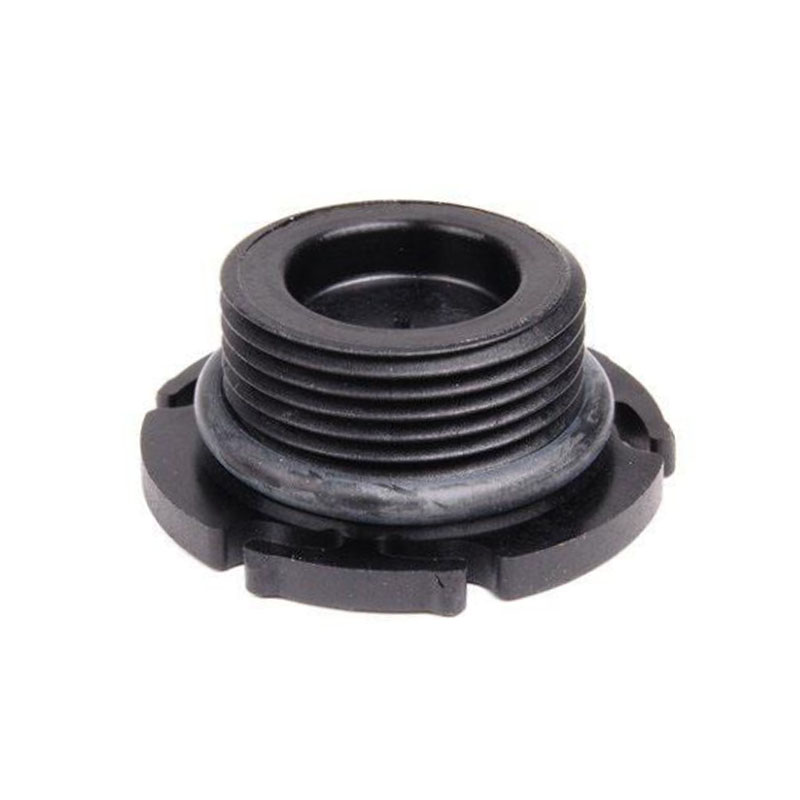packing gland shaft seal
Understanding Packing Gland Shaft Seals
Packing gland shaft seals are critical components used in various industrial applications to prevent the leakage of fluids from rotating shafts. These seals are popular in pumps, compressors, and other machinery where fluid containment is essential for optimal operation and safety. Understanding how packing gland shaft seals work and their applications can help industries maintain efficiency and prevent environmental hazards.
What is a Packing Gland Shaft Seal?
A packing gland shaft seal consists of several key components, including a gland, packing material, a shaft, and a casing. The primary function of the seal is to create a barrier that prevents the escape of fluids while allowing the shaft to rotate smoothly. The packing material, typically made from synthetic fibers or elastomers, is compressed within the gland to ensure a tight fit around the shaft.
The design is quite simple yet effective. As the shaft rotates, the packing material rotates with it while remaining compressed against the shaft and the casing, minimizing any potential leaks. The gland itself can be adjusted to tighten or loosen the packing, allowing for maintenance and optimization in various operating conditions.
Types of Packing Materials
The effectiveness of a packing gland shaft seal largely depends on the type of packing material used. Common materials include
1. Graphite Known for its high-temperature resistance and durability, graphite packing is often used in applications involving steam or hot fluids. 2. PTFE (Polytetrafluoroethylene) This material is chemically resistant and suitable for applications involving corrosive substances. PTFE packing is often used in the food and pharmaceutical industries.
3. Aramid Fibers Often used for their strength and resistance to wear, aramid fiber packing is suitable in applications involving abrasive materials.
4. Synthetic Rubber Flexible and adaptable, synthetic rubber materials provide good sealing properties in moderate temperature ranges.
Applications of Packing Gland Shaft Seals
packing gland shaft seal

Packing gland shaft seals are widely used in various sectors, including
- Oil and Gas These seals prevent dangerous leaks in pump and compressor systems, ensuring safety and efficiency.
- Water Treatment In water treatment facilities, packing seals help avoid contamination and maintain the purity of water.
- Marine Packing glands in marine applications help keep water out of vessels, protecting critical machinery.
- Chemical Processing The chemical industry benefits from packing seals that resist aggressive chemicals and help maintain process integrity.
Maintenance and Best Practices
Proper maintenance of packing gland shaft seals is crucial for long-lasting performance. Regular inspections can identify wear and tear, and adjustments can be made to the gland to ensure optimal sealing. If leakage is detected, it may be a sign that the packing material is worn out and requires replacement.
Best practices involve monitoring operating conditions such as temperature and pressure, which can affect the performance of the seal. Additionally, sealing systems should be designed considering the specific fluid characteristics and operational demands.
Conclusion
Packing gland shaft seals play a vital role in numerous industries by preventing leaks and ensuring the efficient operation of machinery. By understanding their functionality, types of materials, applications, and maintenance, industries can enhance safety, reliability, and efficiency in their processes. Proper attention to these components can lead to significant cost savings and environmental benefits, making them essential for any fluid-handling operation.
-
Simplifying Oil Changes: A Comprehensive Guide to Oil Drain Plugs and Their Variants
News Aug.04,2025
-
Mastering Oil Drain Maintenance: Solutions for Stripped, Worn, and Upgraded Oil Plugs
News Aug.04,2025
-
Fixing Oil Pan Plug Issues: Leaks, Stripped Nuts, and the Right Replacement Solutions
News Aug.04,2025
-
Everything You Need to Know About Oil Drain Plugs: Sizes, Fixes, and Upgrades
News Aug.04,2025
-
Choosing the Right Oil Drain Plug: A Guide to Sizes, Materials, and Drain Innovations
News Aug.04,2025
-
A Complete Guide to Automotive Drain Plugs: Types, Problems, and Innovative Solutions
News Aug.04,2025
-
The Ultimate Guide to Car Repair Kits: Tools and Essentials Every Driver Should Own
News Aug.01,2025
Products categories















